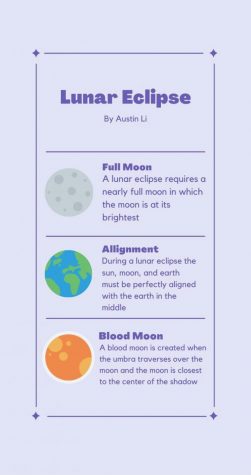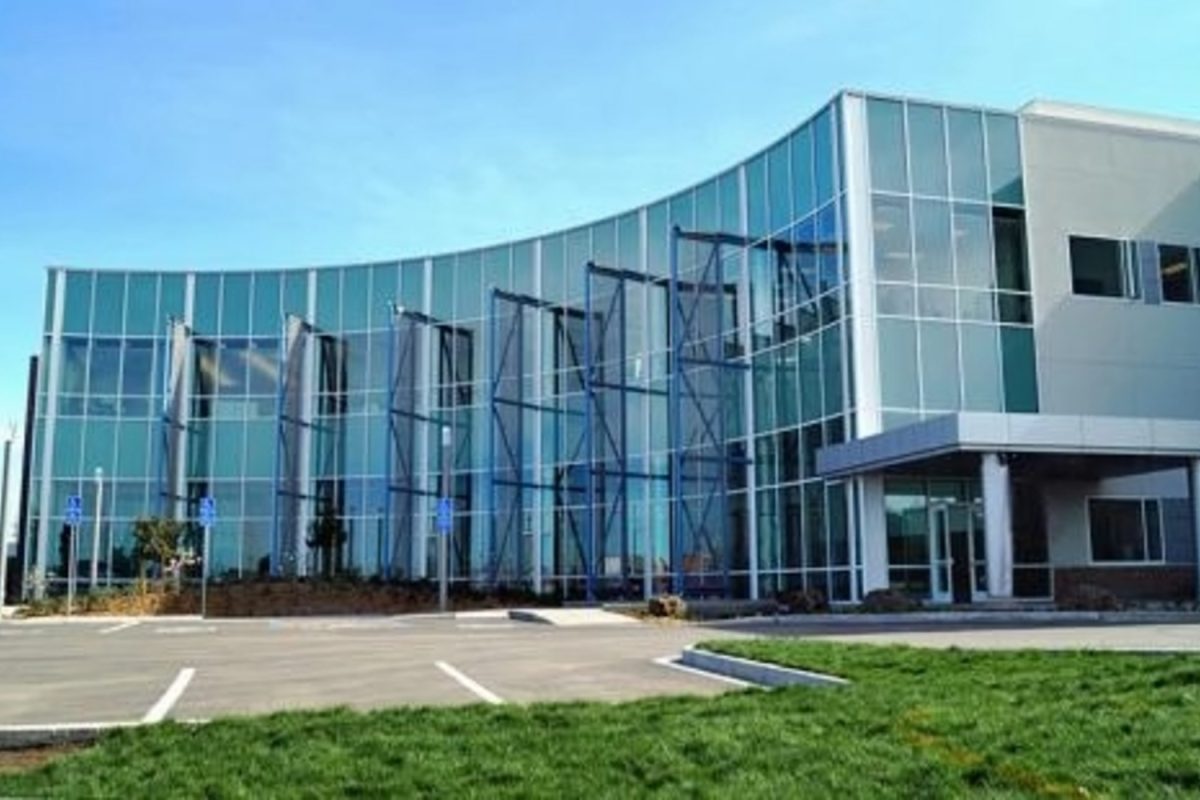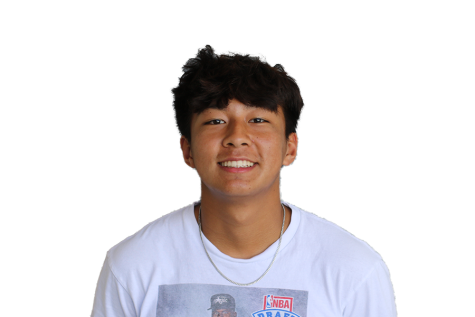The longest lunar eclipse in 580 years will occur late Thursday in the Bay Area and leak early into Friday.
Although it won’t be a total eclipse, it will be close, as 97.4% of the full moon will fit into the Earth’s shadow, with only a sliver of light coming from the bottom.
According to studies conducted by NASA, the eclipse is expected to have a duration of 3 hours and 28 minutes, making it the longest partial eclipse in six centuries.
Known as the “Beaver lunar eclipse,” the moon gets its name from beaver hunting, a popular practice by Native Americans during this time. The moon is also referred to as the “frosty” or “snow” moon for the cold weather beginning this time of year.
The eclipse will take place around 10:02 p.m. Pacific time, when the penumbra, or the outer region of Earth’s shadow, reaches the moon. Although technically, this is when the eclipse begins, there won’t be a noticeable difference until 11:18 p.m., when the umbra, or innermost and darkest shadow, begins traversing over the moon. From then on, the eclipse will continue to grow until 1:02 a.m., when it is at its peak and the moon is closest to the center of the shadow.
“I’ve always taken a liking towards the night sky, so the idea of a lunar eclipse is pretty cool to me. Also, given that I will most likely be up late finishing homework, I’ll definitely consider watching the eclipse for a little,” said Jordan Dooley, a junior at Carlmont High School.

Lunar eclipses occur when the moon, sun, and Earth are very closely aligned, with the Earth in between. Due to the Earth’s atmosphere, the shadow created is not black, and a similar phenomenon to sunrises and sunsets occurs. As a result, when the shadow sweeps the moon’s lunar surface, the moon obtains a reddish and rusty hue, which is why it is sometimes referred to as a “blood moon.”
Unlike solar eclipses, lunar eclipses are much more visible, and no solar glasses, like the ones given out during Carlmont’s last eclipse viewing, are required. This is because when viewing, you are simply watching the sunlight reflect off the moon rather than staring directly at the sun.
“I remember watching the solar eclipse back in middle school and getting really hype with friends, so I’m actually pretty excited [for the lunar eclipse],” said Nate Hsich, a senior at Carlmont High School.
Although the eclipse will be visible worldwide, in the Bay Area, its visibility is dictated by the weather. Sadly, according to Matt Mahle, a meteorologist with the National Weather service, viewing conditions are expected to be poor. Even the Chabot Space and Science Center in Oakland, which originally planned to host a lunar viewing party, was canceled. However, if clear skies prevail Thursday night, anyone who can see the full moon will experience the eclipse. In addition, NASA will be broadcasting the event live for all to see.
“It sucks that we might not be able to watch the eclipse because it’s such an uncommon event. I didn’t even know what it was, but now hearing about it, I’m definitely gonna try watching it with some friends,” said Ariana Goldenshteyn, a senior at Carlmont High School.











